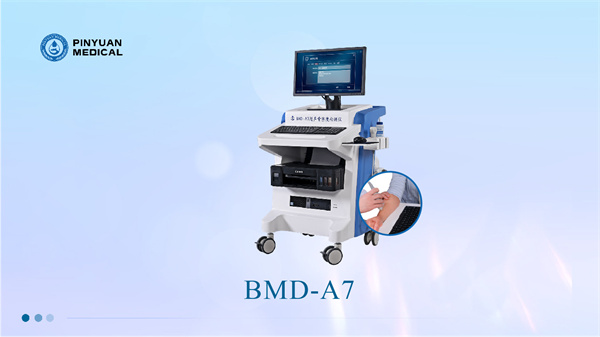Life lies in movement. With the popularization of the concept of national fitness, more and more people have begun to pay attention to the promoting effect of exercise on health. How to maintain bone health through reasonable exercise? Today, let’s learn about it together.
I. The Close Relationship between Exercise and Bones
Studies show that regular and moderate exercise can effectively increase bone density and bone quality. Bones have the characteristic of “use it or lose it”, and appropriate mechanical stimulation is beneficial to bone health. At the same time, exercise can also enhance muscle strength and balance ability, which is of great significance for preventing falls and fractures.
Ii. Three Principles of Scientific Exercise
Action is beneficial.
The “Guidelines for Physical Activity of the Chinese Population” points out that reducing sedentary time is an important step towards good health. It is recommended to get up and move around every hour. There is no need to deliberately pursue the duration and form of exercise. Simple stretching and walking can both bring benefits to bones.
Act within your capacity
The intensity of exercise should vary from person to person
It is recommended that middle-aged and elderly people engage in 150 to 300 minutes of moderate-intensity exercise or 75 to 150 minutes of vigorous-intensity exercise per week
Do muscle strength training at least twice a week
Beginners should start with a low intensity and progress step by step. If you feel tired or unwell, you should adjust your exercise plan in time.
The key lies in persistence.
Bone health requires long-term maintenance. It is recommended to choose your favorite form of exercise and integrate it into your daily life. For instance, walking 6,000 steps every day or doing some simple strength training.
Iii. Bone Density Testing: The “Compass” of Scientific Exercise
Although exercise is good, how can we tell if the bones have truly benefited? The Pinyuan ultrasonic bone densitometer can provide objective data to help assess bone health conditions.
Why do we need to measure bone density?
Early detection of osteoporosis: People over 50 years old experience accelerated bone mass loss. Regular testing can provide early warnings.
Evaluate the exercise effect: Compare the data changes to determine whether the exercise effectively increases bone density.
Personalized adjustment plan: If the test shows low bone mass, resistance training can be increased or the calcium supplementation plan can be adjusted.
Features of ultrasonic bone density meter
Radiation-free: Suitable for children, pregnant women and the elderly.
Fast and accurate: Measure the radius, tibia and other parts, providing key data such as T value and Z value.
Wide application: It can be used in scenarios such as hospitals, communities, and physical examination centers.
Suggested testing frequency
For those over 40 years old: Get tested every 1 to 2 years.
High-risk groups for osteoporosis (such as postmenopausal women and those who have been taking medication for a long time) : Have a follow-up examination every 6 to 12 months.
Iv. Exercise Suggestions for Special Groups
For the elderly: Focus on strengthening muscle strength training, such as lifting light dumbbells, to prevent falls.
Patients with osteoarthritis: Appropriate exercise can relieve joint pain and improve function.
People with lumbar or cervical problems: Moderate exercise under the guidance of a doctor is beneficial for recovery.
Gout patients: Choose low-impact exercises, pay attention to hydration and exercise intensity.
V. Analysis of Common Misunderstandings
“Running harms the knees” : Correct running posture and moderate intensity will not damage the knee joints.
“Inability to exercise due to lumbar protrusion” : Appropriate exercise after the acute stage is beneficial for recovery.
“Walking ten thousand steps a day harms your knees” : Mastering the correct walking posture and walking moderately is beneficial to health.
Exercise is the key to bone health, and the Pinyuan ultrasonic bone densitometer helps scientifically assess the effectiveness of exercise and adjust the plan in a timely manner. Whether young or middle-aged and elderly, everyone should pay attention to bone health, persist in scientific exercise, and have regular check-ups to make bones stronger and life more energetic!
Post time: Aug-14-2025


